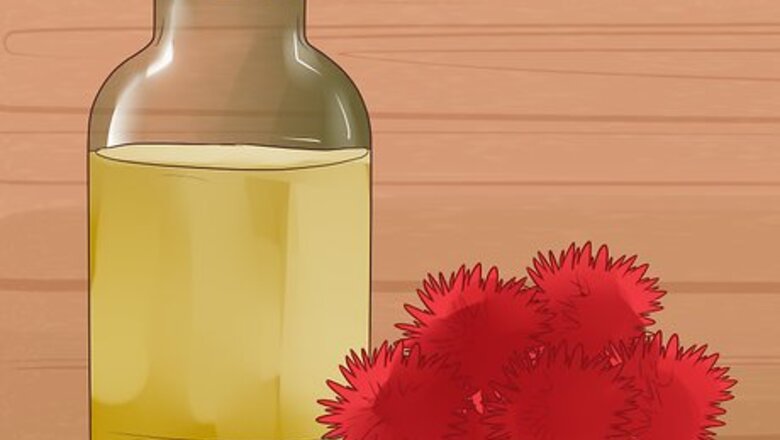
views
Making a Soap Solution
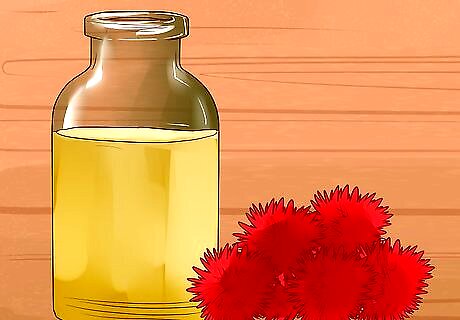
Start with castor oil. Castor oil will be the base solvent for your soap solution. Roughly ninety percent of the soap solution will be comprised of castor oil. Pour the oil into a container that is safe to heat on the stove top or over a bunsen burner. For example, use 890 mL of castor oil to make 1 L of soap solution.
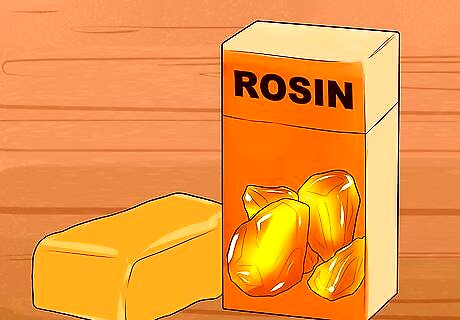
Prepare and add rosin. Rosin is a dry form of pine resin. It is solid and brittle at room temperature, but can be melted on the stovetop. Heat the rosin until it is in a liquid form. Roughly ten percent of your soap solution will be rosin. Pour the rosin into the castor oil. This will give the solution a pine scent. For example, 90 mL of rosin will be added to 890 milliliters (30.1 fl oz) of castor oil to make 1 L soap solution. Rosin is easily found online. You can also find smaller quantities of it music retailers as it is commonly used for the bows of stringed instruments.
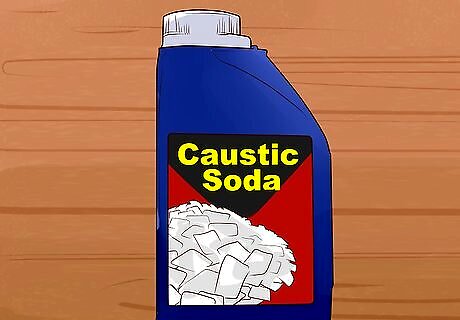
Add caustic soda. A caustic soda is the common name for a sodium hydroxide (NaOH) solution. NaOH is available online as well as in some specialty craft stores. Make the solution by adding 0.5% NaOH to a given volume of water. You only need to make a small volume of caustic soda solution, as it will only be one to two percent of the total soap solution. In the example of a 1 L solution, you would add 20 milliliters (0.68 fl oz) of caustic soda solution to 890 milliliters (30.1 fl oz) of castor oil and 90 milliliters (3 fl oz) of rosin. To make 20 milliliters (0.68 fl oz) of caustic soda solution you would add 0.1 mg of NaOH to 20 milliliters (0.68 fl oz) of water and warm the water slowly while stirring. When the NaOH has completely dissolved, you will have a clear caustic soda solution that is ready to use. Do not let the caustic soda solution cool before adding it to the soap solution.
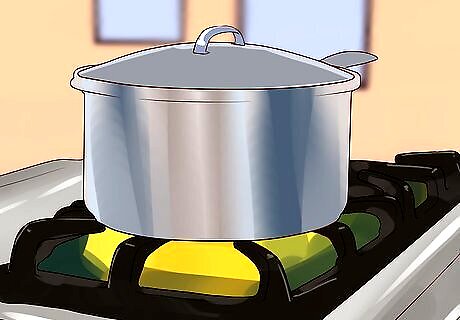
Heat the mixture. Heat the mixture on the stove or over a bunsen burner until it develops into a soap. To test the consistency of the solution, you can dip a piece of paper into it. If it leaves an oily stain on the paper, the solution will need to be heated longer.
Adding Antimicrobials

Remove the mixture from heat. There is no need to heat the solution when adding the germicidal compounds. Place the mixture on a heat proof surface (e.g. a granite counter top or into a larger container of sand). Take care not to spill any of the soap solution. The soap solution will make up twenty percent of your total black phenyle solution.
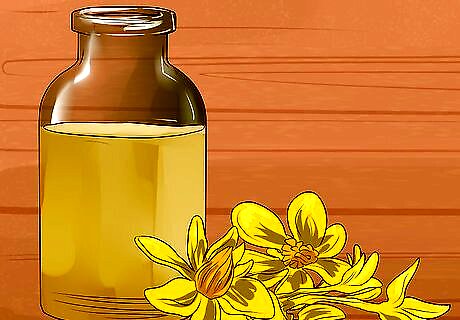
Add creosote oil. Creosote oil is a source of phenol derivatives, including carbolic acid. These compounds are necessary for the disinfecting properties of black phenyl. Thirteen percent of the black phenyle solution will be creosote oil. To make a 5 L batch of black phenyl, you will add 650 milliliters (22 fl oz) of creosote oil to 1 L of soap solution. Creosote oil is not a commonly available product. You will need to work with a licensed chemical supplier to get this ingredient.

Use chloroxylenol. Chloroxylenol will boost the germicidal properties of the a black phenyle solution. It should comprise 2.5% of the total solution. You can purchase chloroxylenol from lab and manufacturing retailers or online. For the same 5 L batch of black phenyl, you would add 125 milliliters (4.2 fl oz) of chloroxylenol to 650 milliliters (22 fl oz) of creosote oil and 1 L of soap solution. Like creosote oil, chloroxylenol isn't available everywhere. You will need to work with a chemical supply company or a medical supply company to procure this ingredient.
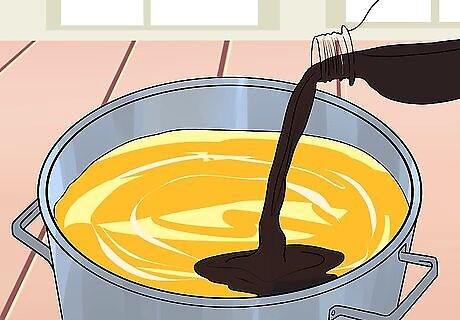
Pour into water. Water is the most abundant ingredient in black phenyle disinfectant. The solution contains 64.5% water. Pour the mixture into the water while slowly stirring. For a 5 L batch of black phenyl, you will add 3.225 L of water to 125 milliliters (4.2 fl oz) of chloroxylenol, 650 mL of creosote oil, and 1 L soap solution.
Diluting a Black Phenyle Solution
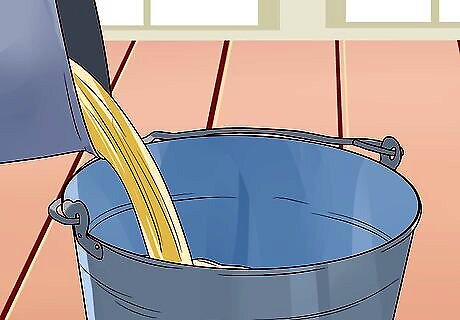
Pour water into a bucket. By pouring the water first, you avoid the risk of concentrated phenyle solution splashing back on you. You can use hot or cold water. Tap water is acceptable to use.
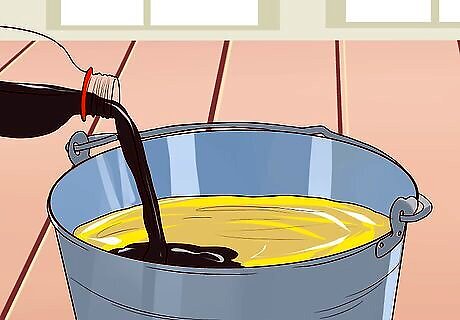
Add black phenyle solution. One benefit to black phenyle as a disinfectant is that you only need a small amount. A ratio falling between 1:256 and 1:64 black phenyle to water is appropriate. Pour the phenyle into the water. You will only need to add between 4 milliliters (0.14 fl oz) and 15 mL of black phenyle solution to 1 L of water to have the desired disinfecting properties.
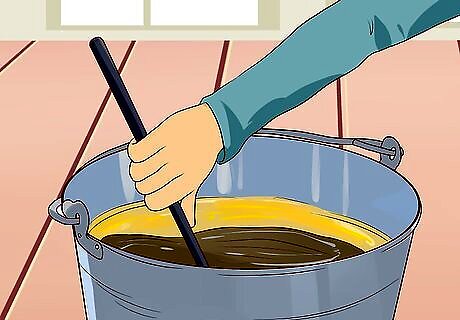
Stir the solution. The solution should have a cloudy white color. After stirring for ten to twenty seconds, let the solution sit. After approximately five minutes, stir the solution again and it is ready to use.











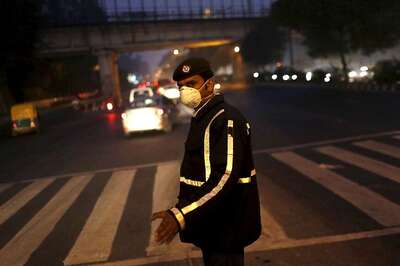








Comments
0 comment